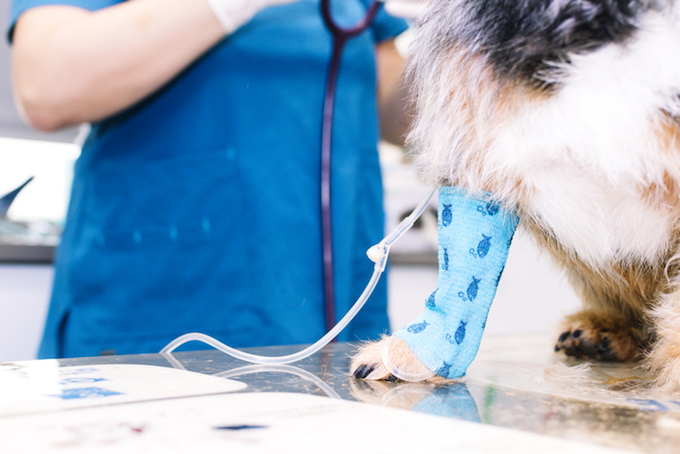High blood sugar in dogs happens when there is too much glucose in a dog’s blood. A lack of the hormone insulin is often the cause of the condition.
Generally, older dogs develop the condition more than younger pups. Also, female dogs are more at risk of it than male dogs. Additionally, certain breeds can be predisposed to the condition, including Miniature Poodles, Beagles, and Dachshunds.
Technically, the condition is also known as hyperglycemia. Although note that high blood sugar is a different condition to low blood sugar (hypoglycemia). You can read more about that condition here.
If you see the signs of high blood sugar in your dog, then get to a veterinarian for a proper diagnosis and treatment.
Here’s what you should know about the symptoms, causes, and treatments for the condition.
Symptoms of High Blood Sugar in Dogs
The condition produces a range of symptoms. The symptoms will depend on the underlying cause of the condition. Generally, some of the most common symptoms include:
- Drinking more water than usual
- Peeing more than usual
- Dehydration
- Losing weight
- Becoming obese
- Depression
- Bloodshot eyes
- Leg problems (due to nerves)
Causes of High Blood Sugar in Dogs

The cause of the condition can be one of many things. For example, some of the common causes include:
- Heartworm medicines
- Nutritional supplements (that are high in glucose)
- Diabetes mellitus
- Urinary tract infections
- Infections (including dental)
- Stress
Additionally, certain dog breeds can be predisposed to the condition. Some of those breeds include:
- Beagles
- Dachshunds
- Schnauzers
- Miniature Poodles
- Cairn Terriers
Generally, older dogs are more likely to suffer from the condition than younger dogs. Also, female dogs are more at risk than male dogs.
Treatments for High Blood Sugar in Dogs
Firstly, your vet will ask about your dog’s symptoms. Secondly, your vet will ask about your dog’s full medical history. Breed-specific problems will also be included.
Thirdly, a full physical examination will be carried out. Blood and urine tests will also be taken. The results of these can confirm your dog’s blood sugar levels.
Additionally, X-rays can be used to figure out the underlying cause of the condition.
Generally, treatment will target the underlying cause. For example, if stress is involved, environment and lifestyle changes can help.
As always, if your vet changes your dog’s diet, stick to their advice precisely. It is important that dogs suffering from the condition don’t end up developing low blood sugar instead.
Have you ever cared for a dog who suffered from this condition? How did your vet help your dog recover? Let us know in the comments section below.





